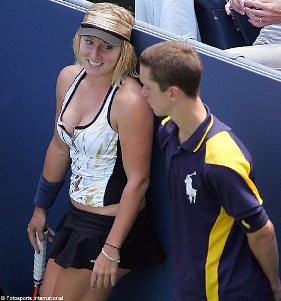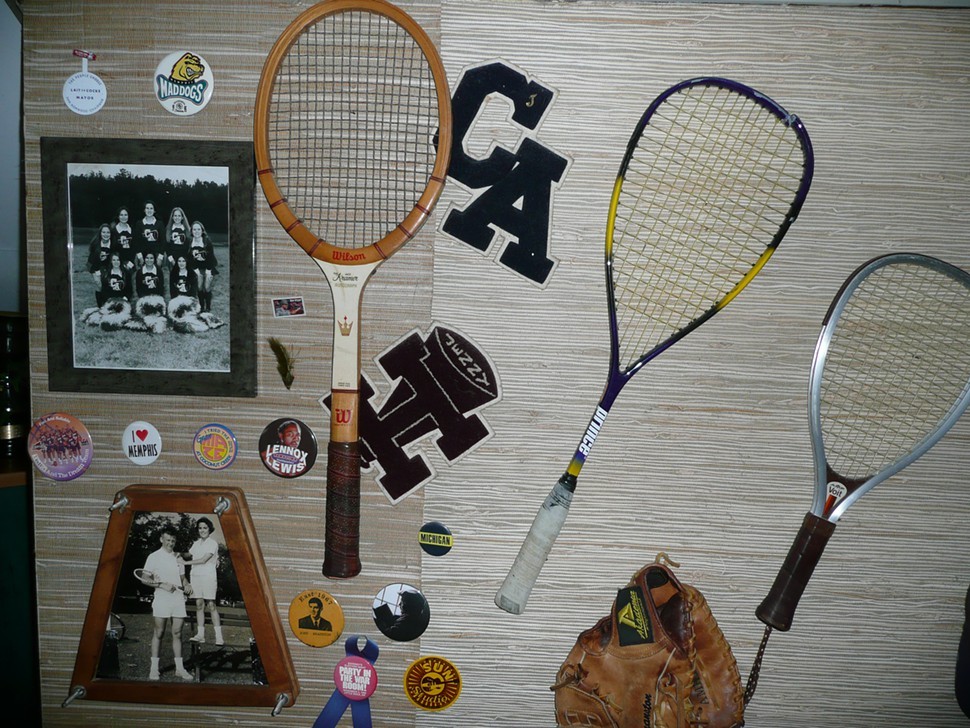Tennis fans know it’s fun to watch the pros. The non-fans — the people who shell out for basketball and football and golf — are the ones we need to reach to keep world-class players coming back to Memphis for a tournament that could soon find itself looking for new sponsors.
In sports as in publishing, nobody promises you a long life. You adapt, play smart, and get some breaks or you die. The Regions Morgan Keegan Championships — there’s two companies that won’t have such a presence in Memphis a year from now — will soon be 40 years old. Elvis was still alive when this tournament got started. Without Cellular South, the women’s tournament is already title sponsorless.
Why watch, and what to watch if you do? A few suggestions.
The seats: The worst seat in the 4600-seat Stadium Court where the finals are played is comparable to the best seats at a football or basketball game. And in the early rounds three courts are in use. On a weekday before 5 p.m., you can easily get a seat in the front row at one of them.
The women: This is one of the few tournaments other than the four Grand Slams with both men’s and women’s draws. Watch Bethanie Mattek-Sands, a free spirit, creative dresser, and hell of a player who might be the best athlete in the women’s field. And, if this picture is any indication, she might have an interesting wardrobe malfunction or get jumped by a ball boy.
John McEnroe: I have mixed feelings about this one. He will play in a doubles exhibition Monday evening against Sam Querrey and James Blake. Exhibitions can be tedious, but McEnroe takes everything seriously, maybe too seriously. He made an ass of himself a few years ago in an exhibition here. But at 53 he is still competitive. When McEnroe was in his prime, doubles specialist Tim Gullikson once said the best doubles team in the world was “McEnroe and anyone else.”
Names don’t matter. Sure it would be nice to have Roger Federer and Rafael Nadal and French phantom Gael Monfils, but the men coming to Memphis are just a few shots a set from being in the Top Ten. Andy Roddick would probably have won four or five Grand Slams by now if he were not in such tough company.
Roddick’s Dive: The guy didn’t have to dive on match point in last year’s final. He was up a game and an ad. If he misses the shot it’s deuce. If he loses the next two points he goes into a tiebreaker. If he loses the match he goes home with a nice paycheck and a standing ovation. But he took a dive and made an incredible shot, and that says something about his heart as well as his skills.
Women’s doubles: They usually play one up at the net and one slugging crosscourts from the baseline. The only matches that bear any semblance whatsoever to the game played by club players.
The big serve is overrated. Hitting a 125-mile-an-hour serve is like dunking a basketball. Any pro can do it. Watch and see who hits a first serve on the line when the set score is 6-5 and it’s game point. That separates the winners from the losers.
The service return is underrated. Especially in doubles. The server is probably a giant. Or else the net man is probably a giant who moves like a cat and is waiting to jump on the return. They each know where the ball is going. The returner doesn’t, and has to pick a spot and hit it with velocity. Pretty tough.
The qualifying rounds: Best sports bargain in Memphis. Pros playing for their professional lives to get into the main draw.
Hawk Eye: The line cameras have been installed on the Stadium Court for all matches for the first time so players can challenge calls and spectators can see where the ball landed.
It’s February. March Madness is a month away. The NBA Playoffs are two months away. And that big Memphis-UT-Martin football game that has everyone talking is six months away. This is better.




